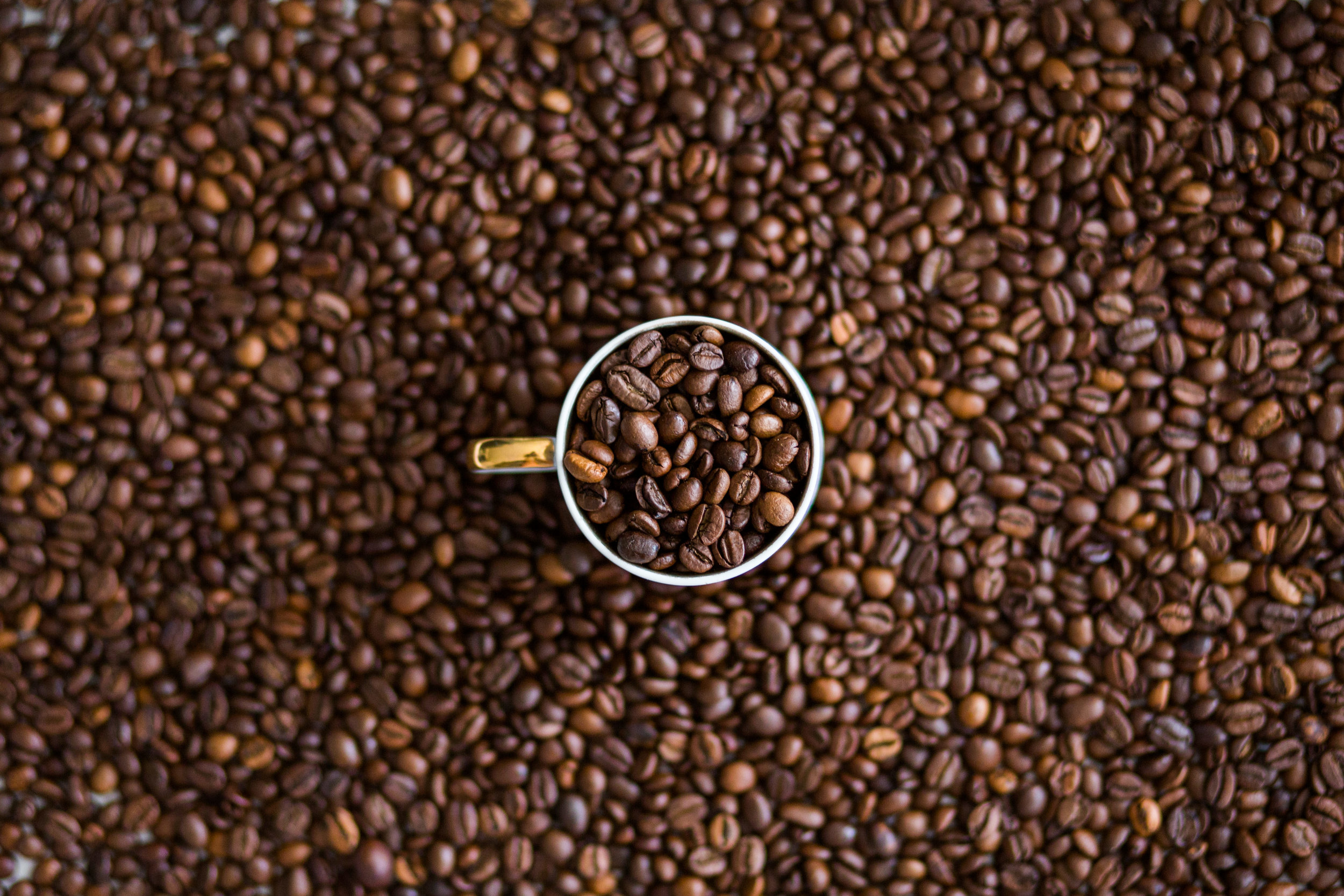The Story Behind the Bean
Did you know that Americans drink roughly 3.1 cups of coffee each day? That factors to about 66 billion cups per year! The coffee industry is one of the highest grossing industries in the world, but how many factors are involved in the process of producing a single cup of coffee?
Coffee begins as cherries. The bean is the seed inside of a fruit that grows on coffee trees.
There are two main types of coffee beans: Arabica and Robusta. Arabica beans are grown in shaded areas in the mountains, causing them to be harder to harvest but richer in flavor. Due to their distinct flavor, Arabica beans are commonly used for specialty coffee beverages; however, take significantly longer to grow. Robusta beans are cheaper to produce and can be grown on a plantation, having a higher caffeine content but more bitter taste. Both Robusta and Arabica beans have a similar growing and harvesting routine.
Once the beans are ready to be harvested, farmers pick the cherries from the trees.
The coffee cherries are prepared through either a dry or wet method depending on the climate where the cherries were grown. The dry method begins with the separation of the cherries with various items like rocks and leaves. Typically, large machines are used to speed up the process of separating the cherries from rubble. After being separated, the cherries sit out to dry in the sun for 2-4 weeks. Once the cherries are completely dried, each shell is individually removed, leaving the coffee beans ready to be sold and roasted. The wet method begins through separating the inner coffee bean from the outer cherry through washing the beans after being harvested. Once washed and separated, the beans ferment in barrels for a few days in order to have the beans fully prepared to be dried.
Once they have fermented and the additional shell has been removed from each cherry, the beans are sold to roasters. After beans are roasted, they are sold from suppliers to coffee shops around the world, ready to be enjoyed by you!

